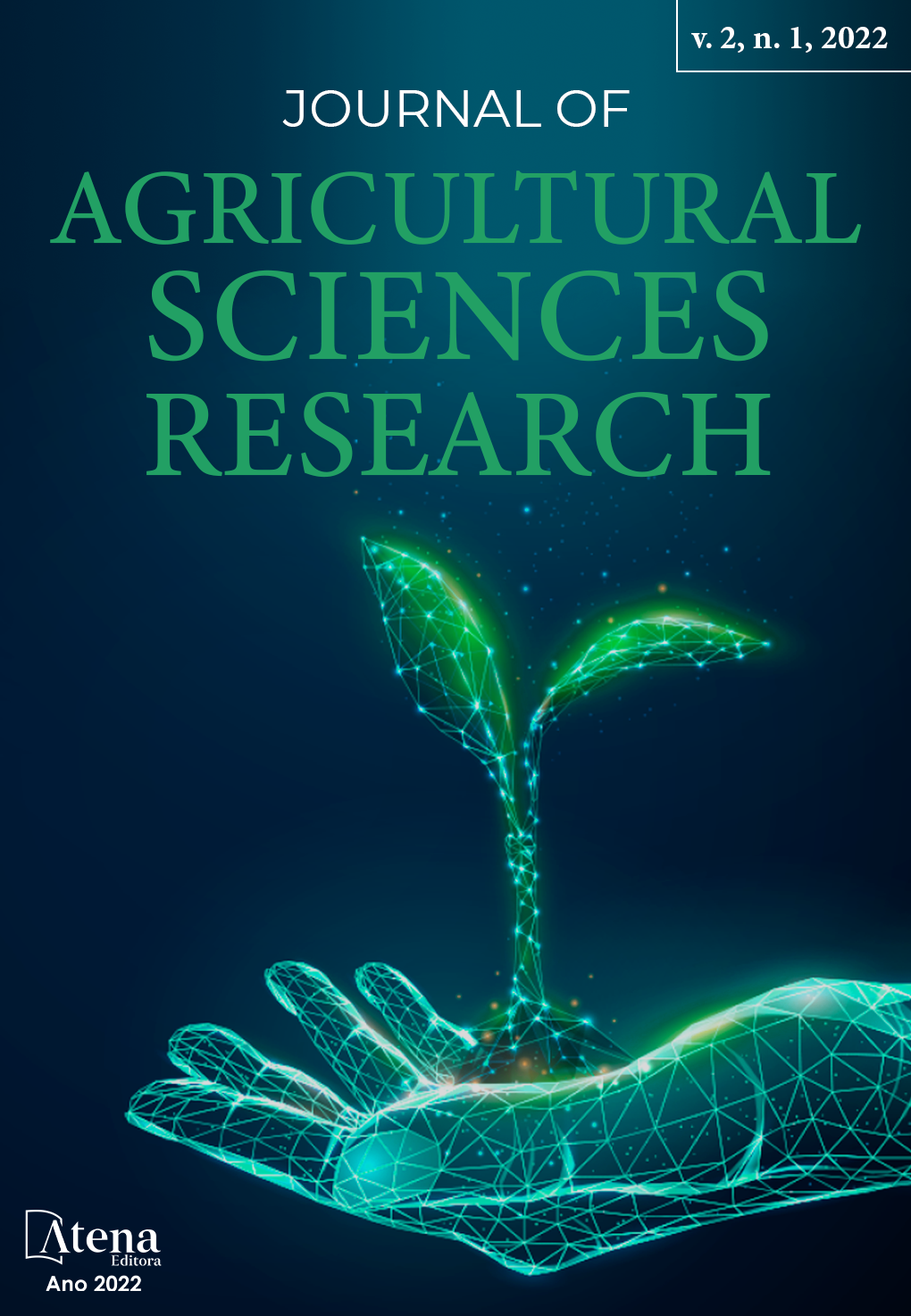
CANINE ECTRODACTYLY - CASE REPORT
Ectrodactyly is defined as a separation of two bony tissues due to a rare malformation described as a longitudinal paraxial deformity of one or more individual components of the most distal region of two thoracic limbs. Such alteration may be accompanied by other anomalies, being them aplasia and hypoplasia of the carpal and metacarpal bones, polydactyly, metacarpal fusion and dislocation of the umero-radio-ulnar joint (FREY & WILLIAMS, 1995), separation of the medial and lateral portions of the limb thoracic, being able to occur below two metacarpus bones at the radio and ulna bones (FERREIRA et al., 2007). Affected animals develop a mild disability with total loss of limb function. It was observed only in the thoracic limbs, unilaterally, with no gender or race predisposition, and it has been described in cats, cattle, humans and less frequently in cattle (MONTGOMERY et al., 1989). The development occurs due to a specific deficiency involving embryonic precursors in two thoracic limb bones (AUDÍSIO et al., 2013). The anomaly is the result of non-development of the mesenchymal bone tissue, the transformation of the mesenchymal bone into cartilage, or the conversion of cartilage into the bone (TOWLE & BREUR, 2004). The reported clinical case was observed in the shelter of Francisco de Assis Park, Lavras-MG, where a male dog, SRD, approximately 2 years old, medium size, aged fur, neck presenting distal malformation and claudication of the right thoracic limb. On clinical and radiographic examination, the incomplete anatomical formation of the leg can be highlighted, observing the absence of two fingers 3 and 1, besides adjacent structures two corresponding fingers.
CANINE ECTRODACTYLY - CASE REPORT
-
DOI: 10.22533/at.ed.973212214012
-
Palavras-chave: Ectrodactyly. Malformation. Canine. Anomaly. Bone malformation.
-
Keywords: Ectrodactyly. Malformation. Canine. Anomaly. Bone malformation.
-
Abstract:
Ectrodactyly is defined as a separation of two bony tissues due to a rare malformation described as a longitudinal paraxial deformity of one or more individual components of the most distal region of two thoracic limbs. Such alteration may be accompanied by other anomalies, being them aplasia and hypoplasia of the carpal and metacarpal bones, polydactyly, metacarpal fusion and dislocation of the umero-radio-ulnar joint (FREY & WILLIAMS, 1995), separation of the medial and lateral portions of the limb thoracic, being able to occur below two metacarpus bones at the radio and ulna bones (FERREIRA et al., 2007). Affected animals develop a mild disability with total loss of limb function. It was observed only in the thoracic limbs, unilaterally, with no gender or race predisposition, and it has been described in cats, cattle, humans and less frequently in cattle (MONTGOMERY et al., 1989). The development occurs due to a specific deficiency involving embryonic precursors in two thoracic limb bones (AUDÍSIO et al., 2013). The anomaly is the result of non-development of the mesenchymal bone tissue, the transformation of the mesenchymal bone into cartilage, or the conversion of cartilage into the bone (TOWLE & BREUR, 2004). The reported clinical case was observed in the shelter of Francisco de Assis Park, Lavras-MG, where a male dog, SRD, approximately 2 years old, medium size, aged fur, neck presenting distal malformation and claudication of the right thoracic limb. On clinical and radiographic examination, the incomplete anatomical formation of the leg can be highlighted, observing the absence of two fingers 3 and 1, besides adjacent structures two corresponding fingers.
-
Número de páginas: 23
- Felipe Jansen Veloso
- Gabriela Gonçalves Cabral
- Antônio Carlos Cunha Lacreta Jr.
- Daniela Fernandes Souza
- Camila Ribeiro


